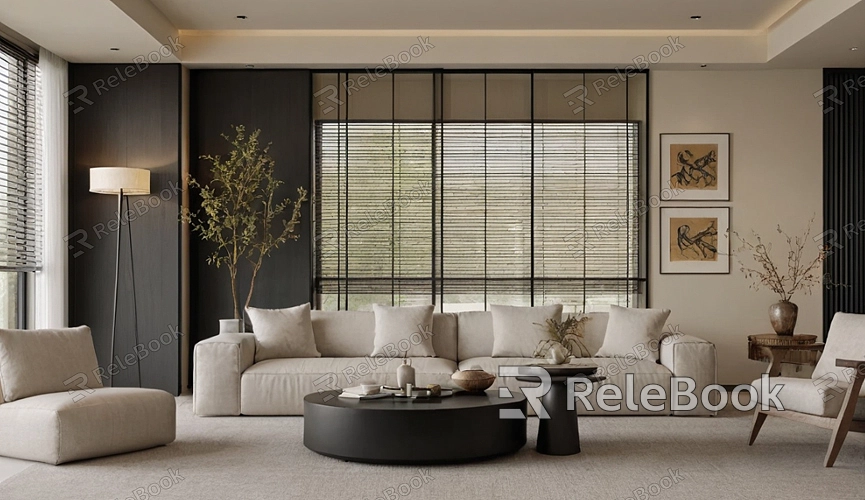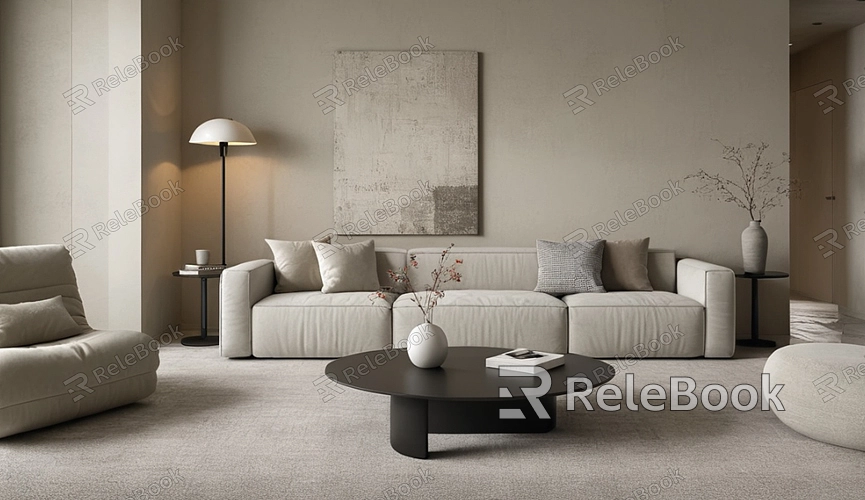Essential Terms Every 3D Modeler Must Know
In the world of 3D modeling, many technical terms are crucial for modelers to understand. Knowing these terms not only improves workflow efficiency but also helps communicate more effectively with team members. For beginners, these terms may seem unfamiliar, but mastering them will allow you to navigate projects with ease. This article will help you get acquainted with the essential terms every 3D modeler should know.

Polygon
In 3D modeling, the “polygon” is one of the most fundamental concepts. Every 3D model is made up of multiple polygons, usually triangles or quadrilaterals. The complexity of a model is often measured by the number of polygons it contains. The more polygons a model has, the more detailed it is, but this also increases the computational cost. Therefore, 3D modelers must find a balance between model complexity and performance. Understanding how to effectively use polygons helps you create more efficient models during the design process.
Mesh
A “mesh” refers to the network of polygons that make up the structure of a model. Every 3D object is composed of one or more meshes, which define the geometry of the object. Managing the structure of the mesh is crucial during design. A good mesh should have proper topology, meaning the arrangement of vertices, edges, and faces should be clean and organized. This not only helps in creating smoother models but also makes it easier for subsequent animation and rendering processes.
UV Mapping
UV mapping is a technique used to accurately apply 2D images (textures) to the surface of a 3D model. In this process, the surface of a 3D model is “unwrapped” into a flat plane, and UV coordinates are assigned to each vertex. UV mapping is essential for achieving complex texture effects. Mastering UV mapping allows 3D modelers to precisely apply image textures to models, improving the realism of the visual output.

Normal
“Normals” refer to the perpendicular direction of each polygon on a model’s surface. The direction of normals affects how the surface of a model interacts with light during rendering. By adjusting the normals, modelers can control how light hits and reflects off the model. For example, polygons with normals facing the light source will appear brighter, while those facing away will appear darker. Properly understanding and using normals can make your models look more realistic.
Material
Materials define the properties of a 3D model’s surface and determine whether the model looks like metal, wood, plastic, or other materials. Material properties go beyond just color—they also include attributes like glossiness, roughness, and reflectivity. The material settings directly impact the visual appearance of the model. For example, glass materials typically have high reflectivity and transparency, while wood materials tend to be rougher and more opaque. A modeler must know how to adjust material parameters to give the model a realistic appearance.
Rigging
Rigging involves associating a model with a skeletal structure, often used in animation. Through rigging, a modeler can create a moveable skeleton for the model, allowing it to move according to predefined patterns. This process is especially crucial for character models, particularly in character animation or game development. Accurate rigging ensures that character movements are fluid and natural.
Rendering
Rendering is the process of converting a 3D model into a 2D image. During rendering, the software calculates lighting, materials, shadows, reflections, and other factors to produce the final visual output. Different rendering techniques can generate varying effects, ranging from simple real-time rendering to complex ray-tracing techniques. The quality of the rendering directly affects the presentation of the project. Modelers need to be familiar with rendering settings to optimize both the efficiency and the quality of the output.
Topology
Topology refers to the way polygons are arranged within a 3D model. Good topology ensures that a model performs well during deformation, animation, or other post-processing tasks. Poor topology can lead to issues like distortion or tearing in the model. To avoid these problems, modelers need to learn how to create a clean, efficient topology to minimize problems in later stages of production.
Normal Map
A normal map is an advanced texture technique used to simulate detailed surface features without increasing the polygon count. By using normal maps, modelers can create complex bump effects on low-polygon models, enhancing visual realism while keeping the model lightweight. Normal maps are widely used in games and real-time rendering scenarios because they deliver high-quality visual effects while maintaining performance.
Baking
Baking is the process of precomputing effects like complex lighting, shadows, or normal maps and storing them in textures. By baking these effects, 3D modelers can reduce the need for real-time calculations, optimizing rendering performance. Baking is commonly used in game development, especially in large-scale scenes or complex lighting environments, where it can significantly improve frame rates and rendering efficiency.
Understanding and mastering these terms is crucial for every 3D modeler. These concepts cover fundamental geometric ideas as well as advanced texture, material, and rendering techniques. By learning these terms, modelers can create beautiful 3D models more efficiently and communicate more smoothly with other artists and technicians on their team. If you want to further improve your 3D modeling skills, visit Relebook to download high-quality 3D models and textures, making your work even more seamless.
FAQ
What is a polygon, and why is it important in 3D modeling?
A polygon is the basic building block of 3D models, and the complexity of a model is typically determined by the number of polygons. Understanding polygons helps modelers balance detail and performance.
What is UV mapping, and what is its purpose?
UV mapping is a technique used to apply 2D textures to the surface of a 3D model, allowing for more complex and realistic visual effects.
How are rigging and topology related?
Rigging is used to create an animatable skeleton for a 3D model, while topology determines how the model deforms during animation. Good topology ensures that a rigged model moves smoothly.
What is rendering, and why is it important?
Rendering converts 3D models into 2D images, determining the final visual output. Optimizing the rendering process is essential for achieving high-quality project presentation.
What is the role of normal maps?
Normal maps simulate detailed surface features on low-polygon models, enhancing realism while maintaining model efficiency.

